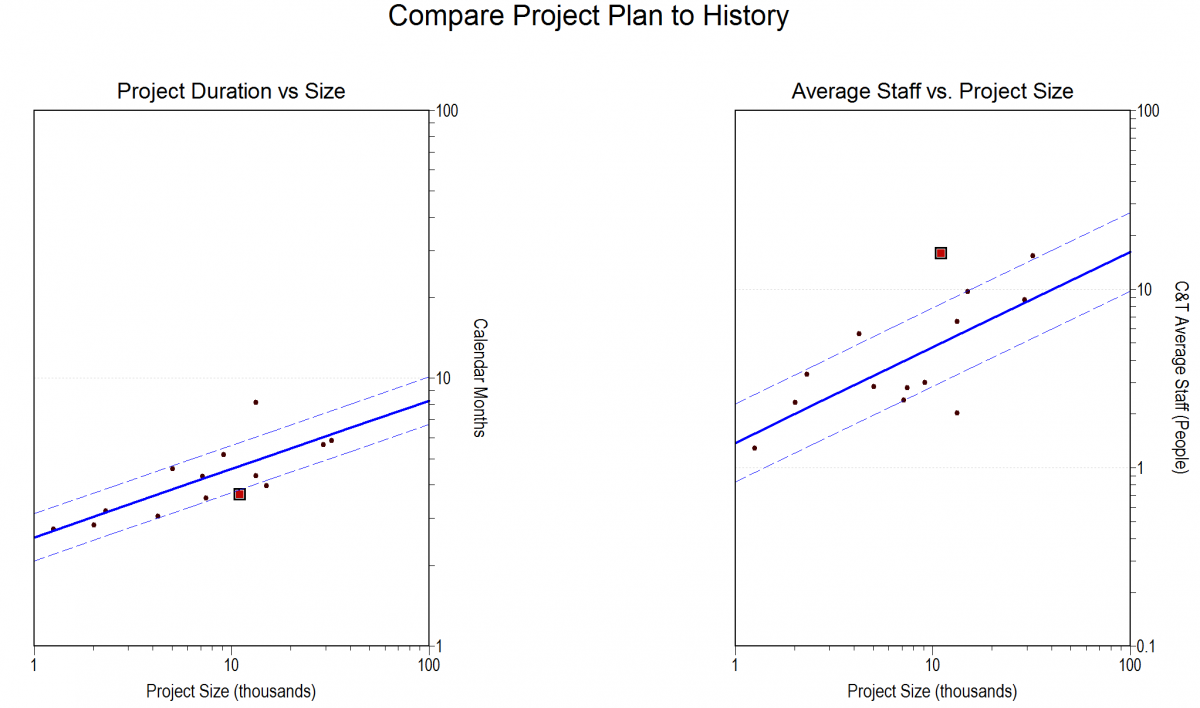QSM Releases SLIM-Suite 10.0
QSM is pleased to announce the release of SLIM-Suite 10.0, the latest version of our flagship software estimation, tracking, and benchmarking suite of tools. With new quadrant chart visualization features, the updated version of the SLIM-Suite allows users to gain visibility into multiple projects at once and, as a result, easily identify high-risk projects, improve demand management, and address project feasibility issues early in the process. Additionally, users can now map staff capacity to portfolio demand to ensure that development resources are utilized across projects and available when needed.
In addition to the new visual capabilities, highlights of SLIM-Suite 10.0 include:
- Updated 2017 industry trends: Estimates now leverage the latest project data from 2017 to provide better metrics for more accurate portfolio planning.
- New skills aggregation capabilities: This new feature expands upon the existing functionality to include detailed breakouts of effort, staffing, and cost by skill by month for subsystem tasks beyond Excel to include custom and SLIM-Control tasks in addition to SLIM-Estimate tasks.
- Better database management features: SLIM-Suite 10.0 allows easier detection of duplicate projects and improved data importing capabilities.
“We designed SLIM 10.0 to make it easier for project managers to estimate projects, understand which projects are at risk and share this information within their organizations,” said Doug Putnam, Co-CEO for QSM. “SLIM’s new visualization tools make it possible to see an entire project portfolio at a glance, which we believe will lead to improved project success for our customers.”









